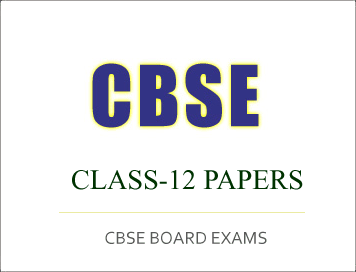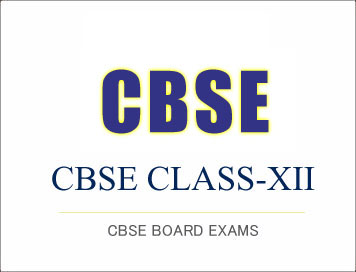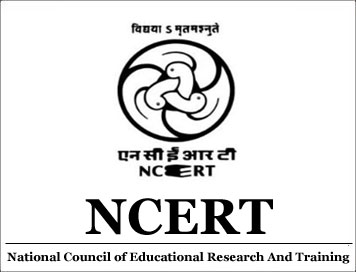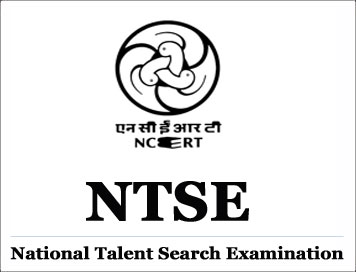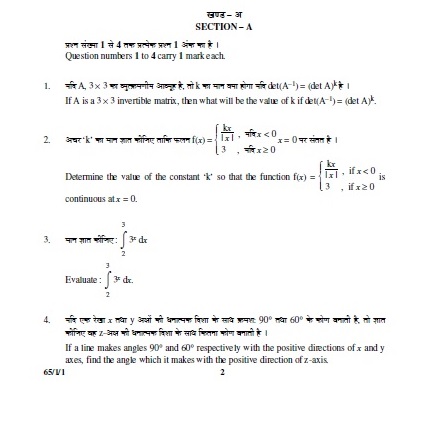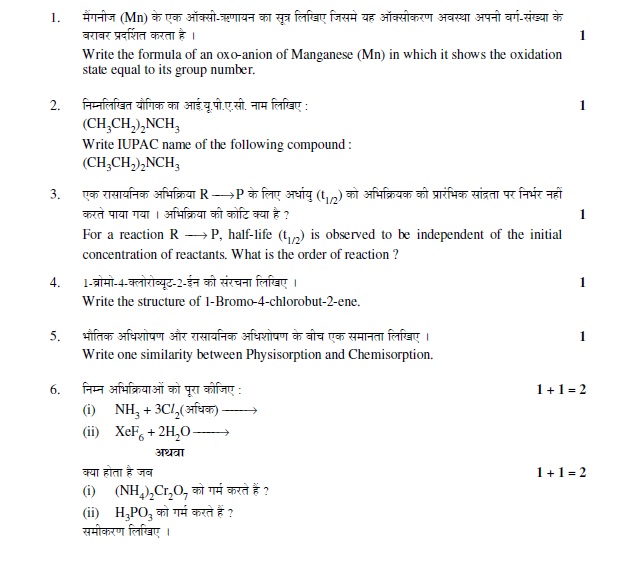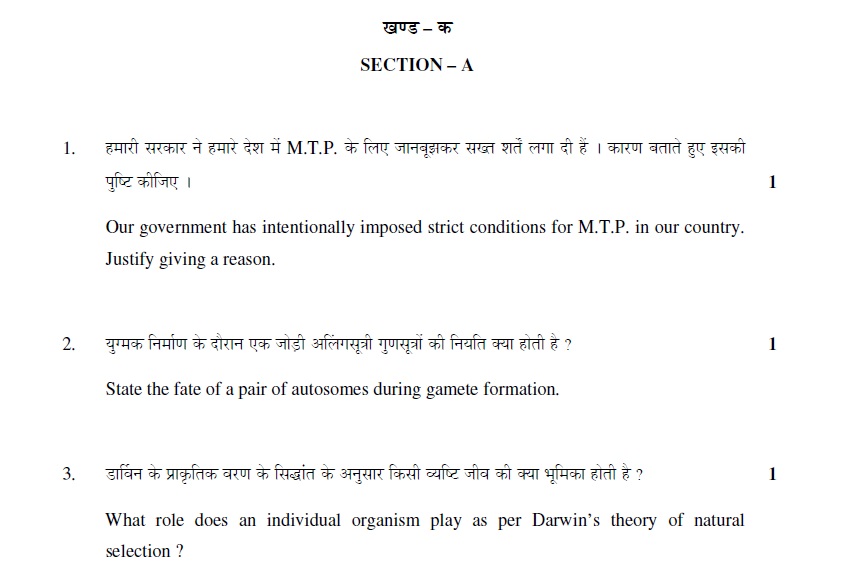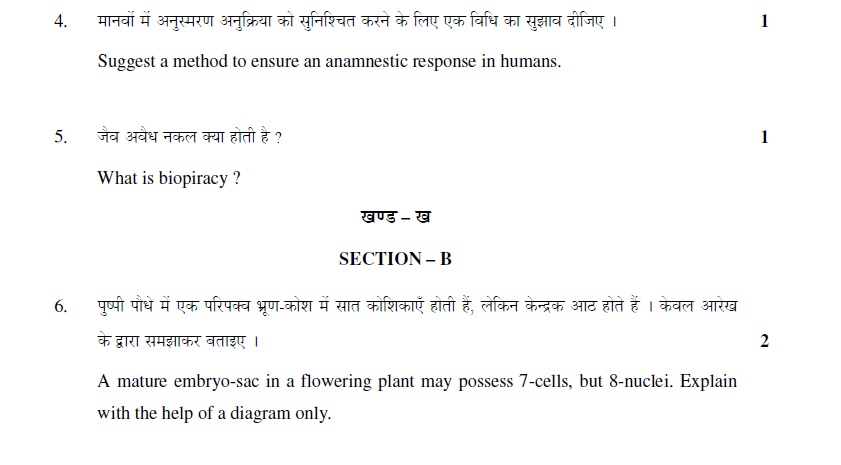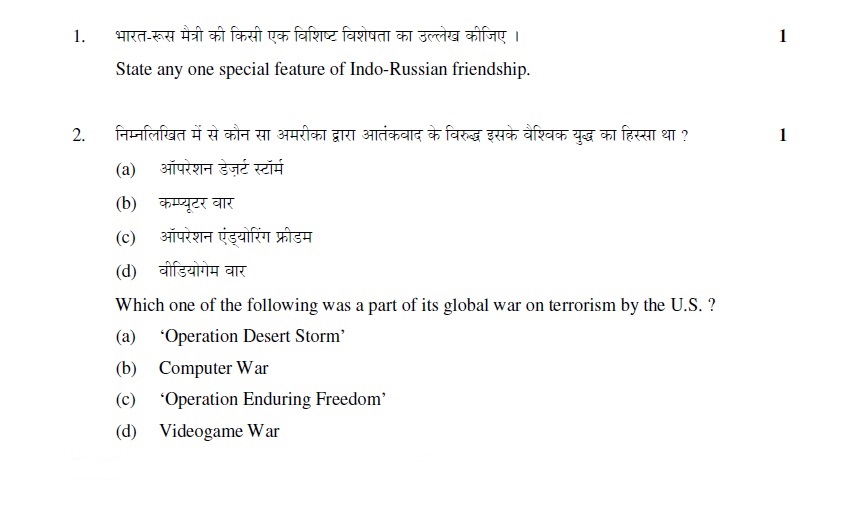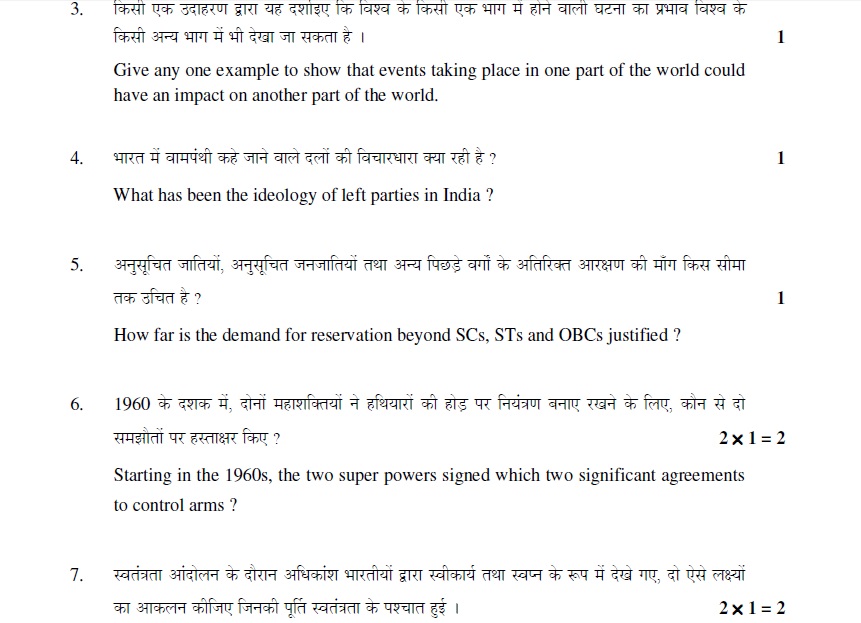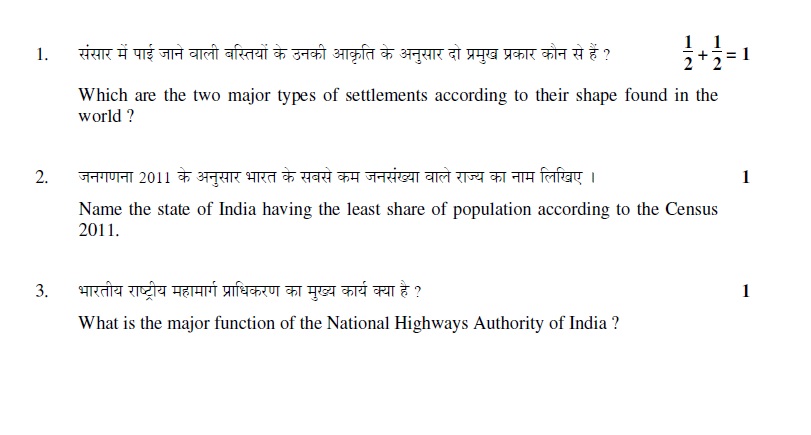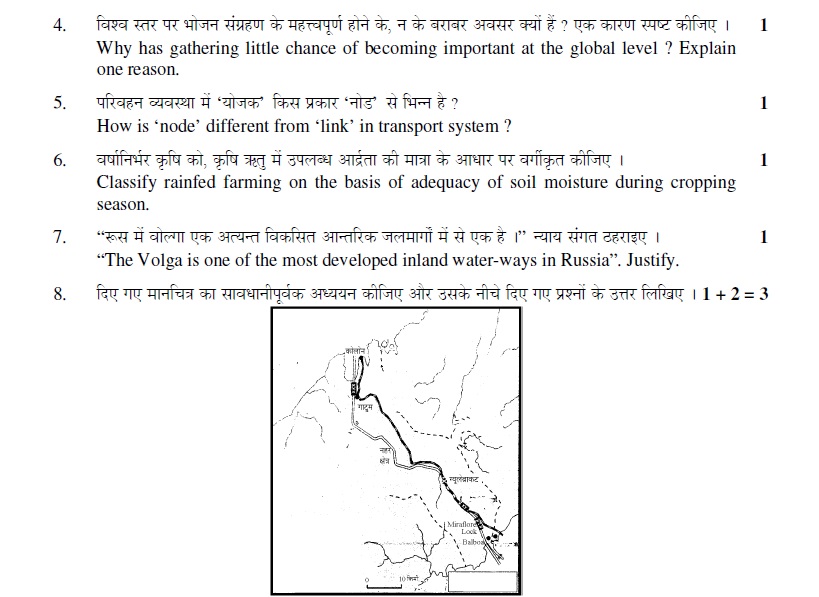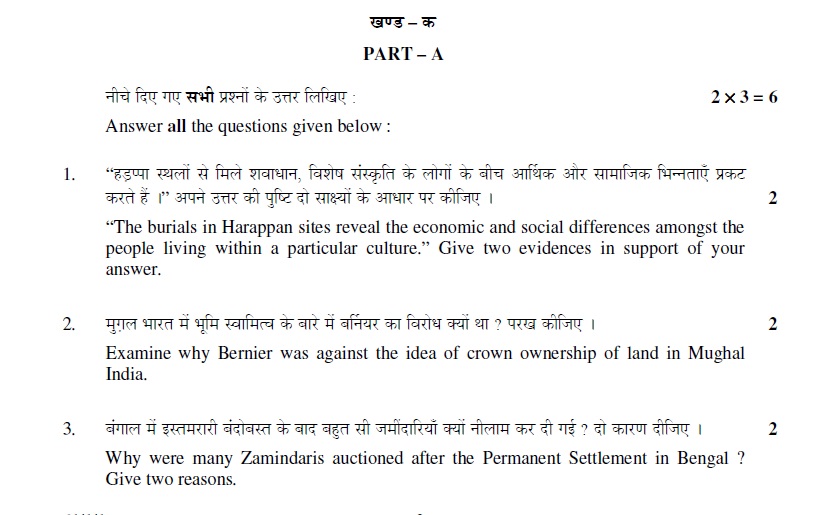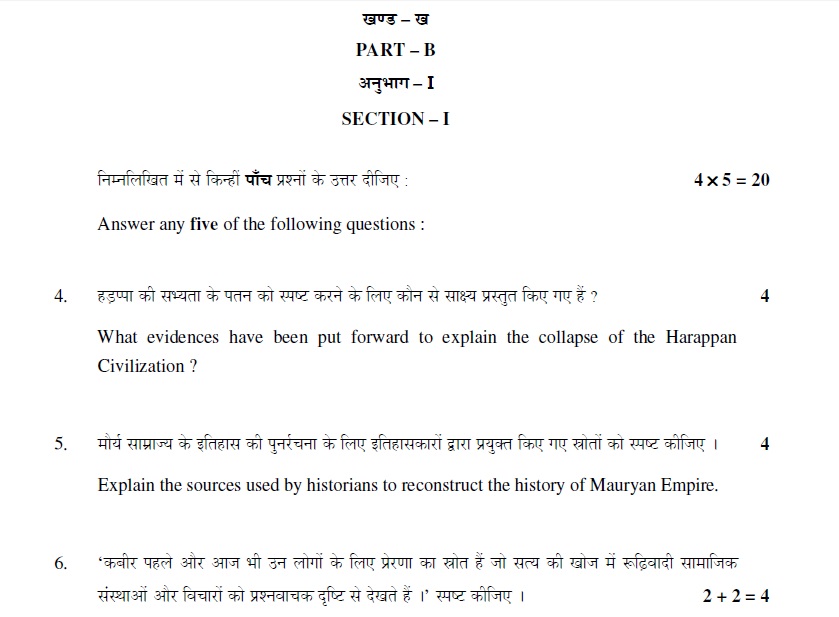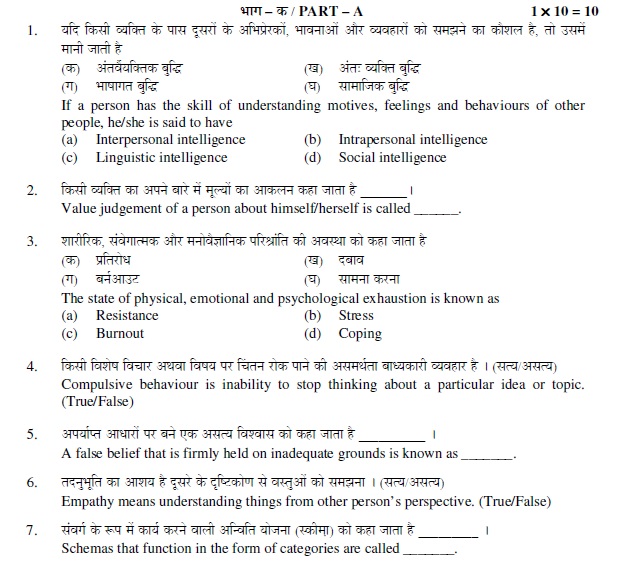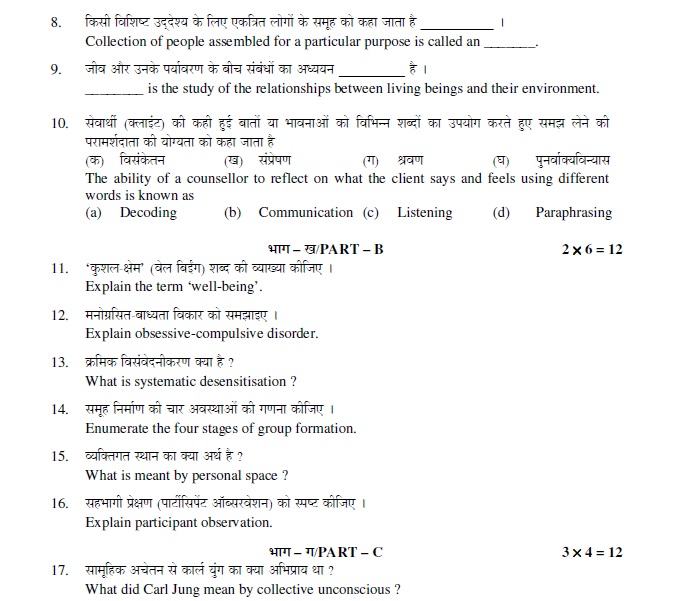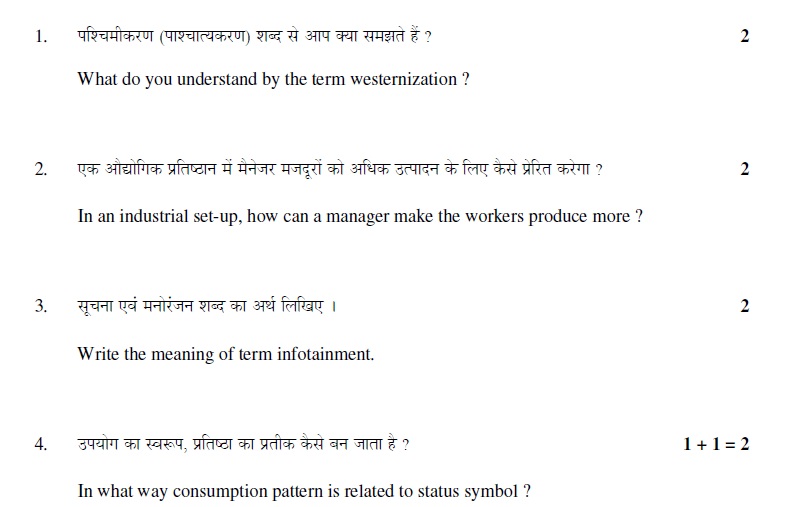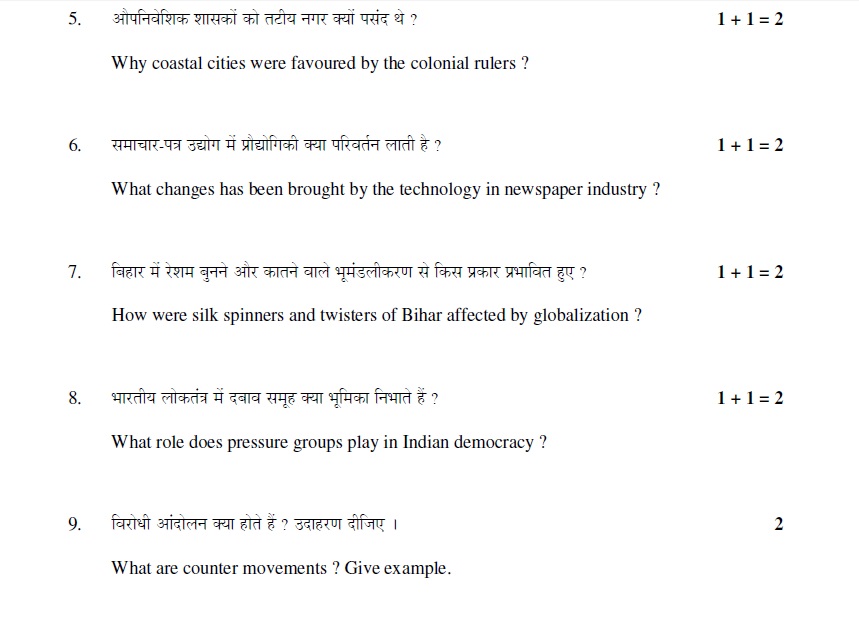Dr. APJ Abdul Kalam IGNITE Competition 2017
Dr A P J Abdul Kalam IGNITE Awards:National Innovation Foundation - India announces the 10th National Competition for Students' Ideas and Innovations in association with Honey Bee Network, SRISTI, CBSE & other partners
National Innovation Foundation - India invites submissions of the creative technological ideas/innovations from the students up to class 12 th for the 10th national competition for children's ideas and innovations - Dr A P J Abdul Kalam IGNITE Awards.
National Innovation Foundation (NIF), India, an autonomous body of the Department of Science and Technology, Govt. of India, announces the tenth national competition for students' ideas and innovations, in association withthe Honey Bee Network, SRISTI, CBSE and other partners.
NIFinvites submissions of creative technological ideas/innovations from the students up to Standard XII for the tenth national competition for children's ideas and innovations -Dr A P J Abdul Kalam IGNITE Awards 2017.NIF dedicates the IGNITE Awards in the loving memory of Dr Kalam.
In order to promote creativity and originality in children, NIF has been organising IGNITE - a national competition of original technological ideas and innovations by children, up to Standard XII or the age of 17 years, in or out of school. Starting in 2008, in the past nine years, 201 awards have been given to 277 children. The total number of submissions from school children received during the various IGNITE campaigns is 1,54,500. NIF decided to commemorate the IGNITE Awards in his memory and rechristened the awards as Dr APJ Abdul Kalam IGNITE Awards, so that creative children continue to draw inspiration from his spirit. NIF will continue to announce the awards every year on October 15, Dr Kalam's birthday, which is also celebrated as the Children's Creativity and Innovation Day by NIF.
What is the contest?
Dr APJ Abdul Kalam IGNITE competition is an annual national competition to harness the creative and innovative spirit of children (up to Standard XII in school or those up to the age of 17 years out of school). Students are invited to send their original and creative technological ideas and innovations for the same.
Why the contest?
Creativity among children is almost innate. Every child is creative, the degree may vary though but, not its basic manifestation. Then what happens during growth and maturation? Why should children stop asking basic questions? Why do they agree to do repetitive science projects instead of being original? Why do they learn to live with unsolved social and professional problems? We should not allow our children to live with such problems. Rather, we must urge them to come up with solutions to these. We want to promote originality, creativity and innovative spirit among our children so that when they become leaders of our society, they ensure an imaginative, inclusive and innovative future for the country. We want our children to be more sensitive to the problems faced by not just them and their families or neighbours but also other socially-disadvantaged sections of the society.
What is invited for the contest?
Original and creative technological ideas and innovations of the students OR/AND any technological idea/innovation that solves any daily-life problem, be it household or of porters, labourers, or the likes. In addition, during their vacations or otherwise, the students are encouraged to look for other people who come out with innovative machines/devices or solve day-to-day problems using their creativity. Similarly, they are also encouraged to document and learn traditional knowledge (TK) practices from elders in their families and neighbourhood. The purpose is to expose them to the rich traditional heritage that we have, facilitating its transfer from generation to generation. The students submitting the maximum number of properly-documented entries (innovations/TK) to the schools (which would forward them to NIF) or directly to NIF, would be given appreciation certificates. For each innovation/TK practice spotted and documented by the student, he/she will be credited as being the 'scout' of that innovation/TK in records.
What is the contest period?
The entries will be received till August 31, 2017. All entries received after this date will be considered for Dr APJ Abdul Kalam IGNITE 2018 competition.
Can students of other educational boards (national and state), other than CBSE, also participate in the competition?
Yes, students from any educational board can participate in Dr APJ Abdul Kalam IGNITE competition. The children, who are out of school, up to the age of 17 years can also participate.
How can the submissions be sent?
The submissions for the contest can be made through any of the following means:
Email the details at ignite@nifindia.org
or
1. Submit online at http://nif.org.in/submitidea.php
or
Mail them to the following address (directly/through the Principal)
Dr A P J Abdul Kalam IGNITE Awards 2017
National Innovation Foundation - India
Grambharti,Amrapur,
Gandhinagar-Mahudi Road
Gandhinagar, Gujarat
Ahmedabad 382650, Gujarat
Is there any limit to the number of entries submitted during the competition period?
No. The students are encouraged to submit as many entries as they wish.
Can there be groups or only individual submissions?
Students can submit entries in groups, provided each member of the group contributes significantly to the development of the idea/innovation/project. Groups, where teachers/parents are included, will not be considered.
Are there any separate awards for individual or groups?
No.
Is there any age limit for students?
As the competition is for students up to Standard XII, the maximum age is expected to be around17-18 years. Those out of school (children), up to the age of 17 years, can also participate.
Can students with background other than science apply for the competition?
Students from any background viz. arts, commerce, etc. can participate in the competition.
Is there any particular format for submission of entries?
There is no particular format for submission. However, the following should be clearly mentioned - name, age, class, school name and address, home address and contact number, title of the project/idea/innovation, detailed description, diagrams/sketches/photos if any and a simple declaration that the project has been done by the student himself/herself without any guidance from teachers/parents. If required, we may later request a declaration from school and/or parents that the project of the student has been unsupervised.
Is a working model required along with the submission?
Not at this stage. If required, we would ourselves let the student know and may even facilitate the development of the prototype/model later.
Are any photos/videos/sketches of the idea/innovation/project required?
Yes, if available. These would help our experts to properly understand and evaluate the submission.
When will the awards be announced and given?
The names of the winners will be announced on October 15, 2017 and award function date will be announced later.
How many prizes will be given in the competition?
There is no fixed number of awards. It will depend upon the number of quality entries that we receive and which can be recognise in the function.
Is there going to be an exhibition?
Yes, there will be an exhibition of ONLY the awarded projects/ideas/innovations. Working or illustrative models and/or posters would be required for the same.
Will NIF support for travel to the exhibition?
NIF will provide to and fro train travel supports to the student(s) and only one person accompanying the student(s) from the student's home location to Ahmedabad. Local hospitality will be provided by NIF in Ahmedabad. Any other person(s) accompanying the award winner or any other person interested to visit the exhibition would have to bear all their costs (travel/stay/food) themselves.
What type of submissions will NOT be considered?
Simple essays, write-ups on problems like population, corruption, global warming, unemployment, etc. will not be accepted as well as common projects/concepts (from textbooks/other make-it-yourself books) like hydel power projects, rain water harvesting, water level indicators, vermi compost/vermi wash, letterbox alarm and other alarms, using turbines to generate energy, electricity generation through waste batteries/dung/transport/waves or earthquake alarm, etc. and the projects guided by teachers/parents.
The teachers and parents are requested not to be suggestive to the children. They should allow children to come up with creative ideas of their own. If teachers and parents have an interesting idea(s), they may send it to us separately.
Who cannot participate in contest?
Any student enrolled in graduation course and above; any other innovator over the age of 17 years, irrespective of educational or occupational background; children of staff in NIF, GIANor Honey Bee Network and their relatives cannot participate. The teachers and parents of students are also requested not to send their own ideas and innovations in their children/ student's name. A declaration from parents and teachers, mentioning that the idea/innovation is an original thought of the child/student, would be required.
What kind of support will NIF provide to good ideas/innovations?
All practical and useful ideas/innovations may be given financial and mentoring support. In case of deserving cases, patents will be filed in their name at no cost to them. It is also possible that some of the ideas might attract entrepreneurs and these may get licensed for monetary consideration.
Courtesy: National Innovation Foundation
